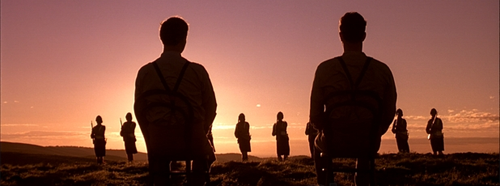
This is the third article in a series seeking to look at examples of great writing in modern media with the hope of learning a little something more about telling entertaining stories. For those who are not in the storytelling business hopefully this series will tune you in to something you may not be aware of, or increase your appreciation of something you already are. Today I want to discuss a little known film called ‘Breaker Morant.’ This Australian film from 1980, about the Boer War in South Africa in 1901, is an amazing example of what I would call ‘timeless storytelling.’
I had not been planning on writing about this film but a friend of mine has been on me about watching it for a couple of years now and I finally got around to it the other night. According to him this film should be right up my alley. I think the reason I procrastinated so long on the film was that I questioned what a thirty-year-old Australian movie about an over one hundred year old war between the Dutch and the British could really have to offer a less than thirty year old American. I could not have been more wrong. While the film is nowhere near as crisp visually as say Avatar, the story feels like it should have been told today.
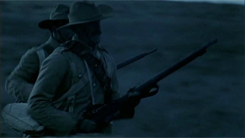
‘Breaker’ tells the based-on-real-events tale of three soldiers facing a military tribunal for the execution of several enemy prisoners, and more importantly the assassination of a German priest. The political fallout from the murder of the German priest creates the motivation for the tribunal to come up with a guilty verdict – and a sentence of death.
The reason the story feels so timeless is that it focuses on long discussed themes such as the nature of war, justice, liberty and their interconnection with politics. These themes echo in the news every day, they fill the pages of classic novels and are conveyed in the most famous tales found in history books in classrooms throughout the world. Philosophers, politicians and revolutionaries through time have written, debated and fought over these subjects and in turn they strike an emotional chord with virtually every potential viewer.
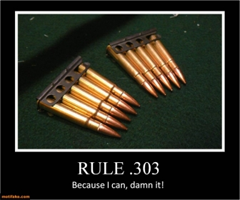 Perhaps the most interesting aspect of the film is that the main characters’ guilt or innocence is actually up for debate. They are not wrongfully accused; they clearly committed the crimes for which they were on trial. The audience internally debates the guilt or innocence of the protagonists, much as a jury member would do in a court. As the film goes on, and it becomes clear that the trial is a sham, the audience feels left out of the debate. How will justice be resolved if the trial is a rigged? It is at this point in the film that the horrific actions of the protagonists cease to be important. It is the travesty of justice on display, which we root against. Guilty or innocent we want to see the defendants overcome, if only to allow us to believe in the existence of justice. We all know of the horrific actions that take place in the world, but it is the existence of justice that holds us together as a society. If justice is thrown out the window then such terrible actions become the norm.
Perhaps the most interesting aspect of the film is that the main characters’ guilt or innocence is actually up for debate. They are not wrongfully accused; they clearly committed the crimes for which they were on trial. The audience internally debates the guilt or innocence of the protagonists, much as a jury member would do in a court. As the film goes on, and it becomes clear that the trial is a sham, the audience feels left out of the debate. How will justice be resolved if the trial is a rigged? It is at this point in the film that the horrific actions of the protagonists cease to be important. It is the travesty of justice on display, which we root against. Guilty or innocent we want to see the defendants overcome, if only to allow us to believe in the existence of justice. We all know of the horrific actions that take place in the world, but it is the existence of justice that holds us together as a society. If justice is thrown out the window then such terrible actions become the norm.
The concept of timeless storytelling is simple: when you are looking for your themes choose ones that will resonate with your audience. If you want your story to feel fresh thirty years later your themes need to be just as relevant today as they will be then. If a film like The Social Network is remembered thirty years from today it will not be because it was about Facebook, it will be because it was about betrayal. Similarly Breaker Morant holds its appeal because it was beautifully shot, expertly acted and it tells a story as relevant today – thirty years later – as it ever will be.

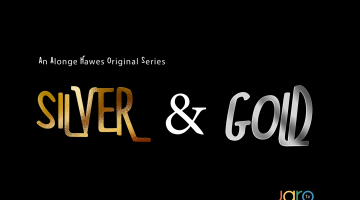

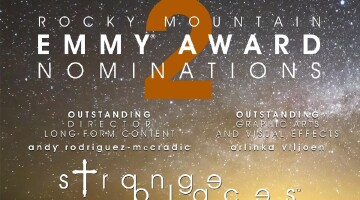
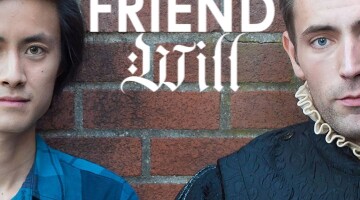
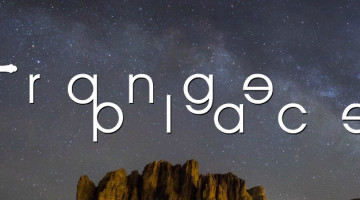

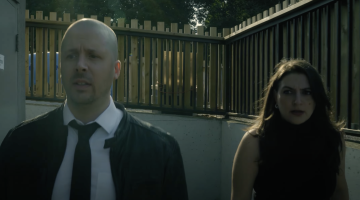
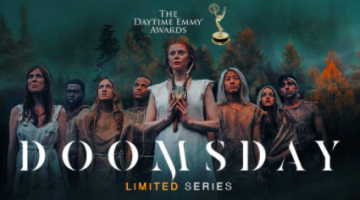
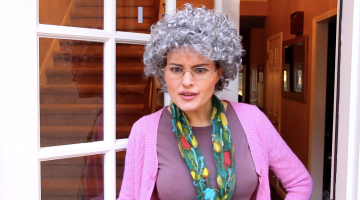


No Comment